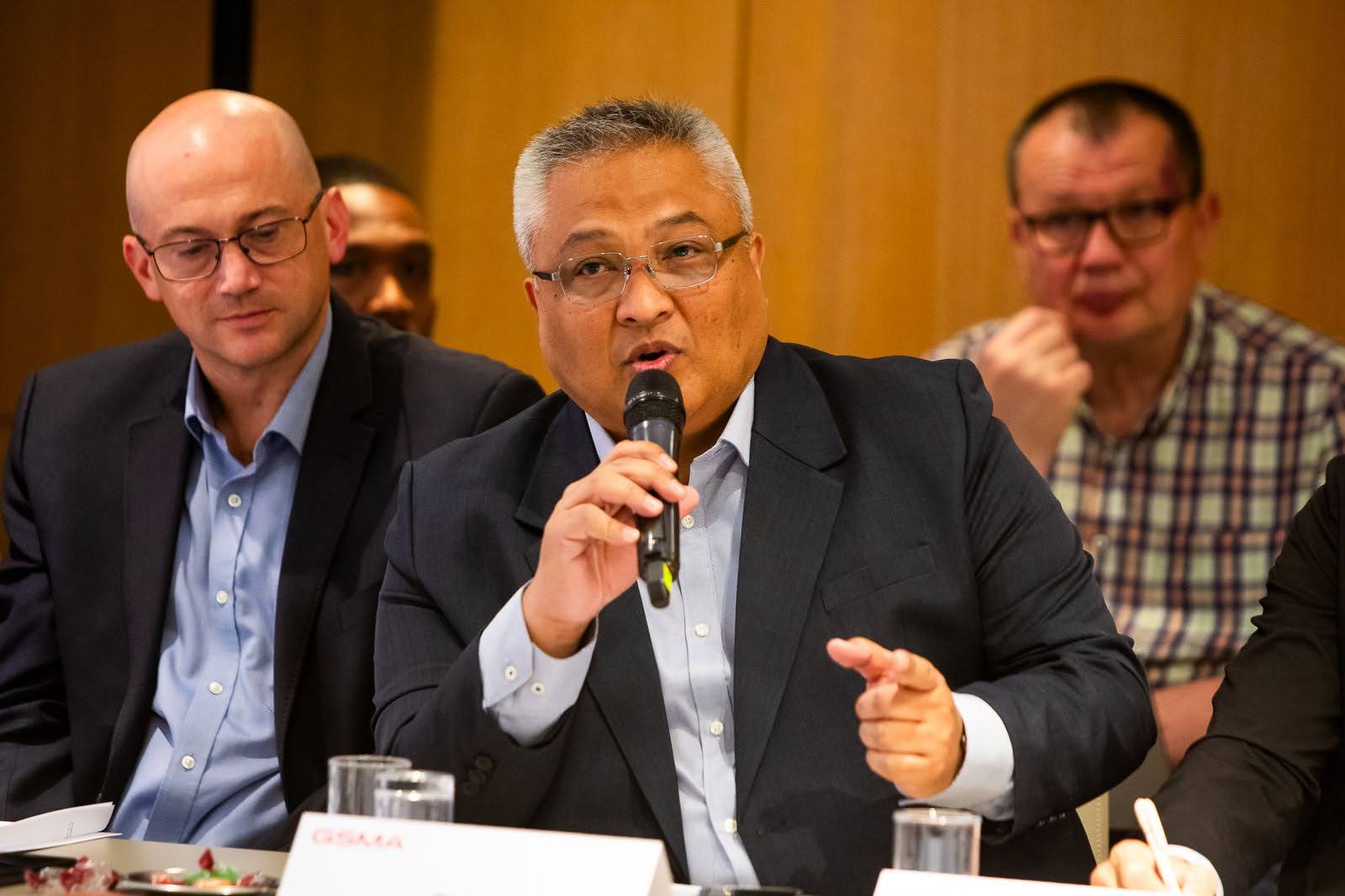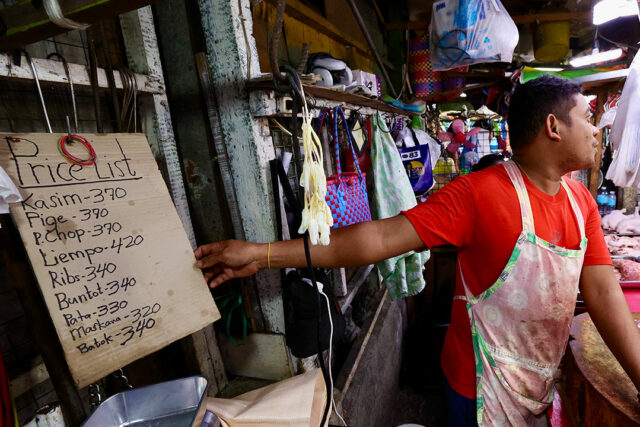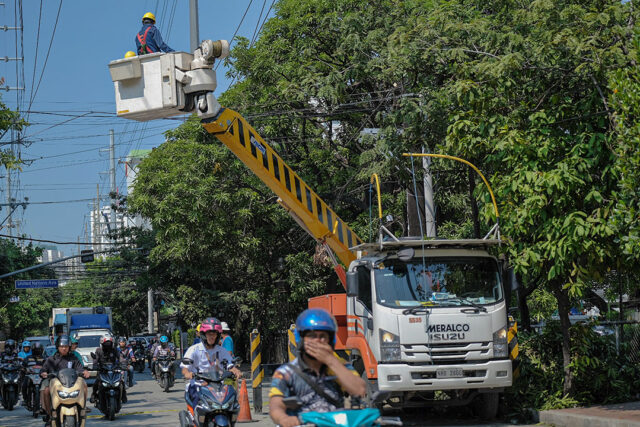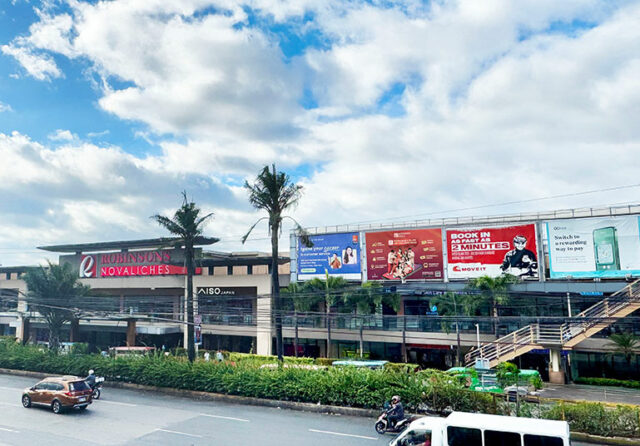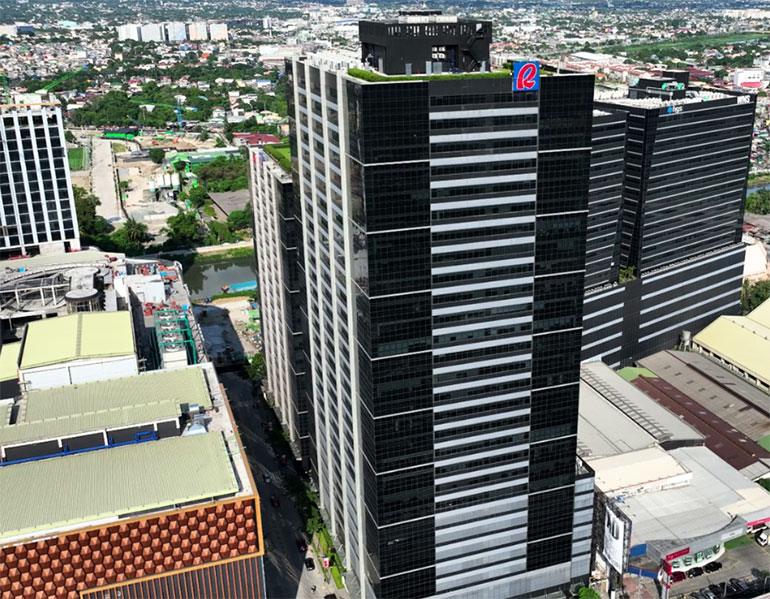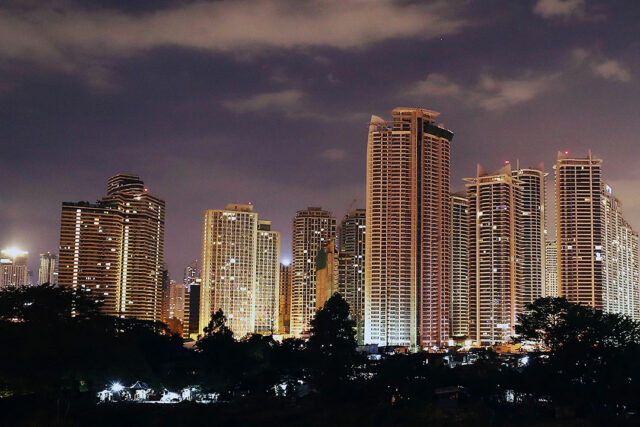By Luisa Maria Jacinta C. Jocson, Reporter
THE Bangko Sentral ng Pilipinas (BSP) could resume its easing cycle as early as its next meeting on April 10, its top official said.
BSP Governor Eli M. Remolona, Jr. said a rate cut is still “on the table” at the Monetary Board’s meeting next month, signaling “a few more” rate cuts for the rest of the year.
“Let me say that we see ourselves still on the easing cycle. We are expecting to cut a few more times this year. But how much, we haven’t determined,” he said at a forum.
Mr. Remolona also confirmed that the Monetary Board’s next meeting would be moved to April 10 from April 3.
“When we think we’re on track, more or less on track, we stay with baby steps, which means 25 basis points (bps) at a time,” he said.
The central bank unexpectedly kept rates steady at its February policy review, opting to keep the benchmark at 5.75%.
This after it delivered three straight 25-bp cuts at each of its meetings in August, October and December.
“If things look much worse than we thought — that’s what we call a hard landing — it can be up to 50 bps of a cut, even more, but as long as we’re more or less on track, it will be 25 bps at a time,” Mr. Remolona said.
However, a hard landing or a recession scenario is “highly unlikely,” he added.
The Philippine economy grew by a slower-than-expected 5.2% in the fourth quarter, bringing 2024 growth to 5.6%. The full-year growth was well below the 6-6.5% target.
This year, the government is targeting 6-8% growth.
Mr. Remolona said the central bank considers several scenarios in its policy decisions.
“There’s the baseline scenario, which is kind of saying we’ll cut by this many times the rest of the year. Then we have a hawkish scenario, which means fewer cuts. And then there’s the dovish scenario, which means more cuts than the baseline,” he said.
“We compare those three scenarios and how we see inflation evolving, how we see growth evolving. It’s a balancing act between inflation and growth and so we have to weigh the different factors.”
The BSP chief also noted they are still reworking the current models to account for risks.
At their February meeting, Mr. Remolona said “global trade uncertainties” were the primary reason behind the policy hold.
“There are still a lot of numbers to look at. Of course, we’re recalibrating our models to take account of uncertainty,” he said.
Headline inflation sharply eased to 2.1% in February from 2.9% in January and 3.4% a year ago.
The February print was also below the 2.2%-3% forecast from the central bank.
“We did miss the inflation number on the low side, lower than the bottom of our range. If we’re going to miss it, that’s the way to miss it, right? So, we’re happy about that miss,” Mr. Remolona said.
“Then we’ll look at all the other numbers, and then we’ll decide on April 10 whether to ease further or not to ease.”
FURTHER RRR CUTS?
Mr. Remolona also cited the possibility of another reserve requirement ratio (RRR) cut, possibly within the year.
Asked if the BSP could slash reserve requirements again before the year ends, he said this was “possible.”
“For me, 5% is still high. But I’m just one vote. We’re seven on the Monetary Board. But it can’t be sudden because we need to control the liquidity that’s coming out,” he added.
The RRR of universal and commercial banks and nonbank financial institutions with quasi-banking functions will be reduced by 200 bps to 5% from 7% later this month.
Digital banks’ RRR will also be cut by 150 bps to 2.5%, while the ratio for thrift lenders will be lowered by 100 bps to 0%.
Rural and cooperative banks’ RRR has been zero since October, the last time the BSP cut reserve requirements.
Big banks’ RRR can be brought down to zero eventually, Mr. Remolona said. “It can be zero. In the US, the RRR is zero.”
The BSP chief said there is a “subtle difference” between the policy rate and reserve requirement. Reducing either one stimulates the economy, he said.
“But the policy rate, there’s a kind of cycle, you don’t want to lower it and then raise it the next time. You want to just keep going in baby steps.”
“The reserve requirement, you can just stop. You lower it, that’s it, and then there’s no kind of cycle that you have to worry about. The markets are disrupted when you change the cycle, especially with the policy rate.”
EYE ON PESO
Meanwhile, Mr. Remolona said they are closely monitoring the movements of the peso.
“We always worry about the exchange rate. But not for the reasons other people worry about the exchange rate. We worry about the exchange rate because if it moves too much, especially when it weakens, it can be inflationary.”
The peso closed at P57.225 per dollar on Tuesday, strengthening by 18.5 centavos from its P57.41 finish on Monday.
The peso had been under pressure late last year, falling to the record-low P59-per-dollar level thrice.
“We monitor the exchange rate. But not because we want the peso to stay low or to stay high. We monitor it because of the possible inflation consequences,” he added.
Mr. Remolona also clarified how the central bank manages its gold reserves.
“Gold as an asset, it’s a very poor investment. The return is negative because it has custody fees. Our gold is in the Bank of England, we pay there so they can store our gold. That’s where the market is,” he said in mixed English and Filipino.
“But it’s very volatile. So, by itself, it’s a very poor investment. It’s risky and the average return is negative.”
Latest BSP data showed the value of the central bank’s gold holdings went up by 2.5% to $12.5 billion at end-February from $11.75 billion a month ago. It likewise jumped by 16.6% from $10.34 billion in the same period in 2024.
“But if you hold it as a part of a large portfolio, and our portfolio is mainly dollar assets, it’s a good hedge… especially when there are geopolitical (uncertainties),” he said.
Mr. Remolona said the central bank sold gold reserves as prices of the precious metal increased, so the gold in the BSP’s reserves breached the “ideal ratio of between 8% and 10%.”
Most of the BSP’s gold reserves are in the Bank of England, with a small amount kept by the New York Federal Reserve.




